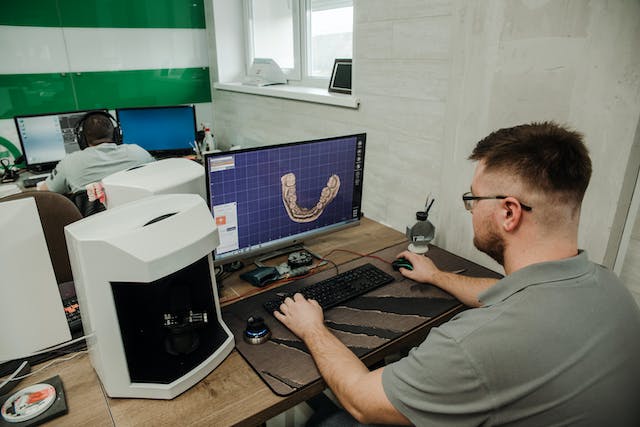Essential Principles of Modern Web Design: Creating Visually Stunning and User-Friendly Websites
In today’s digital age, having a visually stunning and user-friendly website is essential for any business or individual looking to make an impact online. With the ever-increasing competition on the web, ensuring that your website looks great and provides visitors with a seamless and enjoyable experience is crucial.
To achieve this, understanding the essential principles of modern Calgary web design is vital. In this blog post, we’ll explore some of these principles and how you can apply them to create a website that stands out:
Table of Contents
Responsive Design
With the rise of mobile devices, ensuring that your website is responsive across all screen sizes is paramount. Responsive design allows your site to adapt and provide an optimal viewing experience on devices of all shapes and sizes, from smartphones to tablets to desktop computers. By implementing responsive design techniques, you can ensure your website looks and functions flawlessly regardless of the device used.
Intuitive Navigation
A well-structured and intuitive navigation system is crucial for helping users find the information they need quickly and easily. Utilize clear and descriptive menu labels, logical page hierarchies, and intuitive navigation patterns to guide users through your website seamlessly. Avoid overwhelming visitors with too many options or complex navigation schemes, leading to frustration and increased bounce rates.
Visual Hierarchy
Establishing a clear visual hierarchy helps to prioritize content and guide users’ attention towards the most critical elements on your website. Use size, color, typography, and whitespace to contrast and emphasize essential elements such as headlines, calls to action, and important information. By designing with a solid visual hierarchy, you can ensure that users can quickly scan and digest your content.
Consistent Branding
Consistency is key when it comes to branding your website. Use consistent colors, fonts, imagery, and messaging throughout your site to reinforce your brand identity and create a cohesive experience for visitors. Consistent branding helps to build trust and recognition with your audience, ultimately enhancing the overall user experience.
Loading Speed
In today’s fast-paced world, users expect websites to load quickly. Optimize your website’s performance by minimizing file sizes, leveraging browser caching, and utilizing content delivery networks (CDNs) to deliver content more efficiently. Slow-loading websites frustrate users and can negatively impact your search engine rankings, so prioritizing speed is essential.
Accessibility
Make your website accessible to all users, including those with disabilities. Ensure your site is compatible with screen readers, keyboard navigation, and other assistive technologies. Use descriptive alt text for images, provide video captions, and ensure your content is easily readable with sufficient color contrast and font sizes. By designing with accessibility in mind, you can create a more inclusive and user-friendly experience for all visitors.
User Feedback and Testing
Finally, continuously gather user feedback and conduct regular testing to identify usability issues or improvement areas. Utilize heatmaps, user recordings, and A/B testing to gain insights into how users interact with your website and make data-driven decisions to optimize the user experience.
By incorporating these essential principles of modern web design into your website development process, you can create visually stunning and user-friendly websites that engage and delight your audience. Remember to stay updated on emerging trends and technologies in web design to ensure your website remains competitive in the ever-evolving digital landscape.







